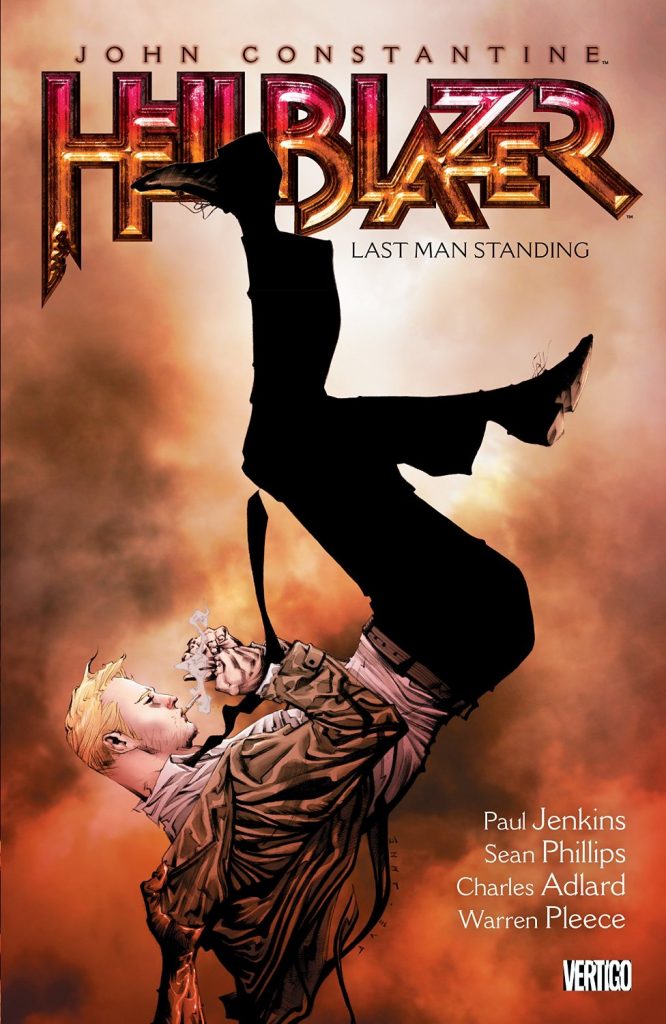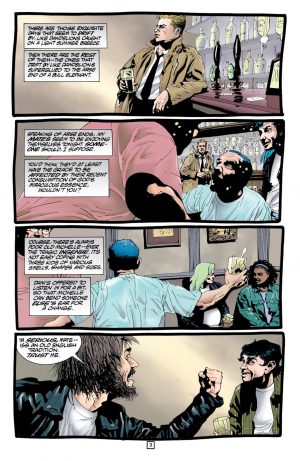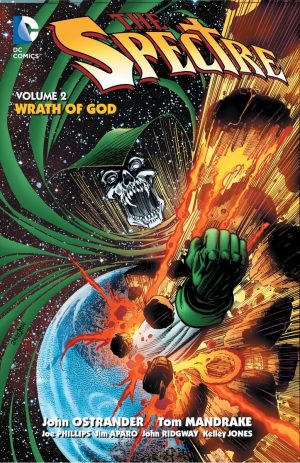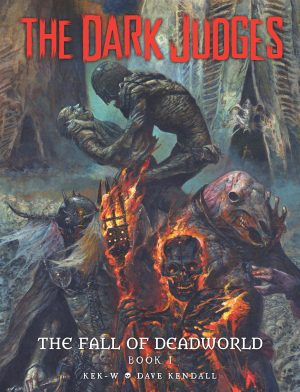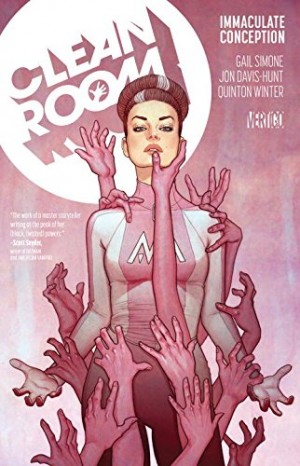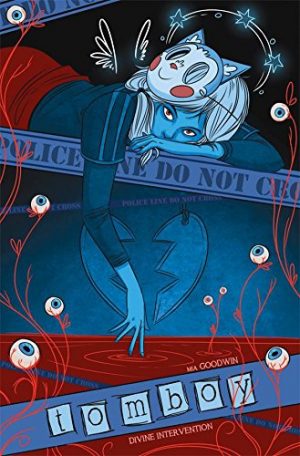Review by Karl Verhoven
Last Man Standing opens with a nasty story about an abusive father making their child live out their dreams, and follows that with cattle mutilation, but they’re just the lead-in to the end of times, which feature in the title story. There are centuries old protections in place to deal with the end of times, involving the heroes of Camelot, but while never poor, neither is this captivating until Jenkins throws in one hell of a surprise. He’s had a character hanging around for two books now who’s contributed very little beyond his first appearance, but is seemingly based on someone Jenkins knew, so gets a scene every episode. Whether planned from the start or an impulsive afterthought, it’s quite the plot masterstroke, leading to the story’s best chapter, a hallucinogenic journey, after which ‘Last Man Standing’ picks up significantly before dropping away at the end. The central thesis is what God may or may not have planned for mankind, and how healthy he may be, although that’s a strange plot to introduce considering Garth Ennis, Jenkins’ predecessor on Hellblazer, was doing just that as part of his Preacher series. It’s not a long term proposition, however, just something Jenkins dips into about once per volume.
“I start telling them the truth, which is always a bad idea in my experience.” Jenkins’ Hellblazer stories rely heavily on captions of John Constantine addressing the readers, telling the stories via his fears, interpretations and bravado, along with the occasional heartfelt revelation. While Sean Phillips is excellent as always, it’s the words that are the mirror to the soul rather than eyes, which are all too often obscured by shadow. Under Jenkins, Constantine has an authenticity, a wearied acknowledgement of his own fallibility, a continuing thread being that constant fear of pulling one trick too many.
There’s not as much opportunity for diversity in Phillips’ art as In the Line of Fire provided, but he supplies the downbeat and grimy world Constantine occupies, where pleasures are brief and taken when they can be. Much of Jenkins’ stories depend on the fears within, the secrets kept and awkwardly resurfacing, and sometimes that’s not the easiest to depict visually, but Phillips’ ghostly hints around jagged people are mood setting. Charlie Adlard (credited as Charles) and Warren Pleece also draw single stories, and fit right into the mood Phillips creates, with Pleece becoming the regular artist on How to Play With Fire.
Last Man Standing is more a collection that has its moments than quality throughout, with some nice ideas and nice art, but no stone cold classic stories either. The best here is the closer, the swansong for Phillips and his economically adaptable style. Sentimentality isn’t a term often associated with Hellblazer, but for the tenth anniversary Jenkins and Phillips combined a tip of the hat to their creative predecessors with some brief glimpses into Constantine’s life. This collection ranks slightly better than average, but isn’t the single volume of Hellblazer you’ll be mentioning as your source of literary comfort on Desert Island Discs.
